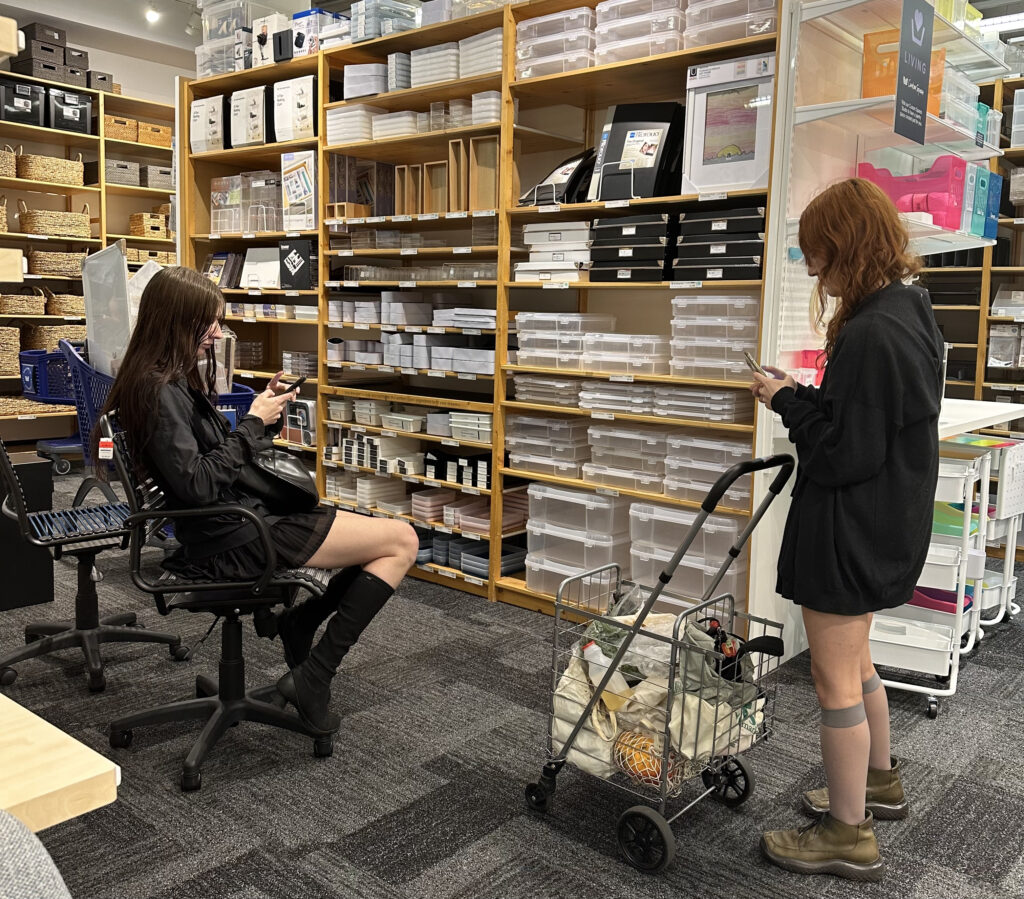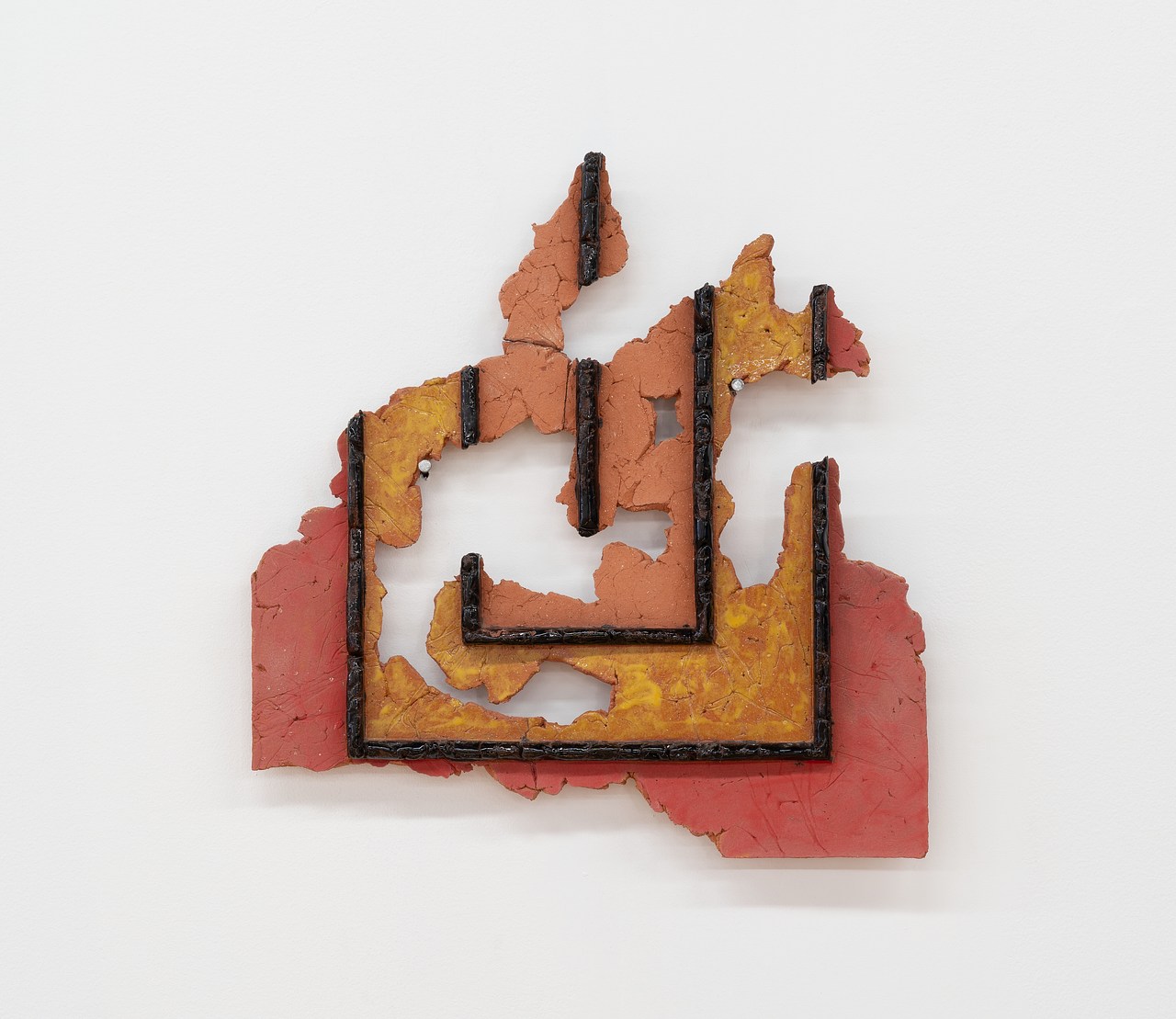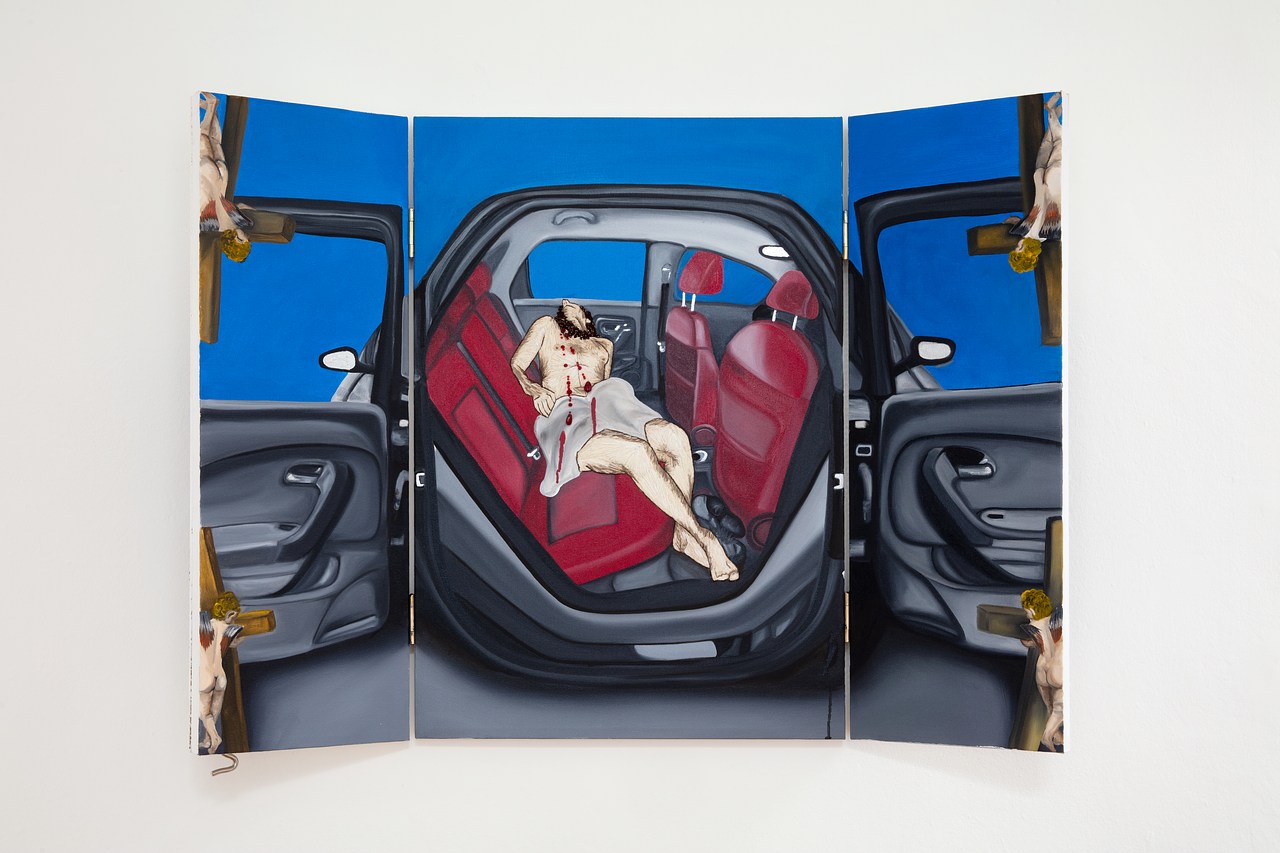Photographs courtesy of the author.
What can’t be contained? Not much. We are given the resources, mental or physical, to contain our emotions and our belongings. Failing to do so often registers as weakness.
The smallest container you can buy at the Container Store is a rectangular crystal-clear plastic box available in orange, purple, and green. It can contain one AA or two AAA batteries, half a handful of Tic Tacs, or a folded-up tissue. The largest container you can buy at the Container Store is a four-tiered metal shelving unit. It can contain other containers.
Containers mediate us and our stuff. They create boundaries and allow our items to exist multiple feet above the ground. Most spaces are divided by containers. These containers might then be divided by additional containers. Containers form a scaffold, or an architecture. They make walls scalable and underbeds reachable. They allow you to put something down and know where it is the next time you want to pick it up.
One of the best ways to understand containers is to imagine a world without them. We would have piles. Bracelets, creams, stick-shaped kitchen items, fruit. Small things would get lost under big ones. Or, an alternative: a line of items that snakes through an apartment or house, up and down stairs and spiraling into the center of the room. When you want to find something, you simply walk along the line of items, confronting each individual thing.
Copyright
© The Paris Review










